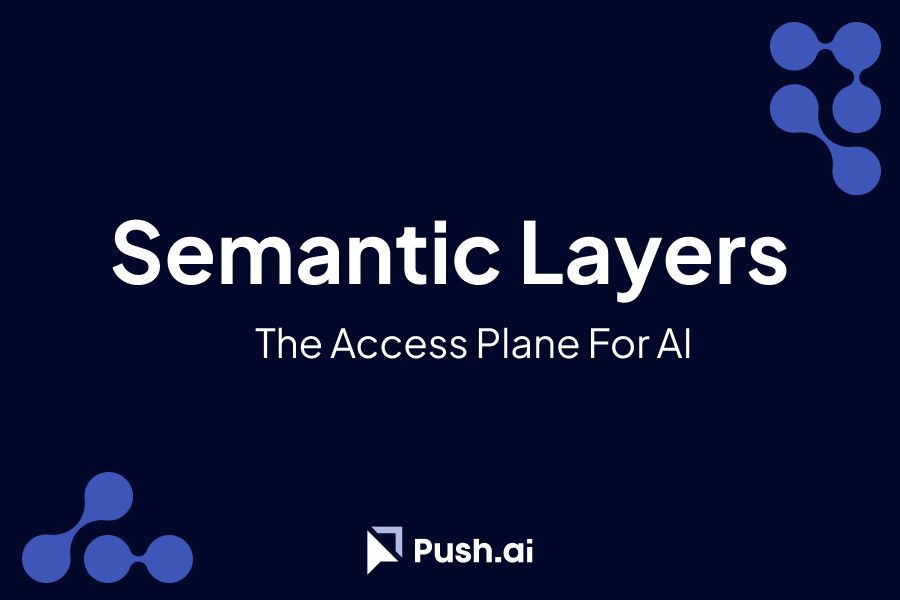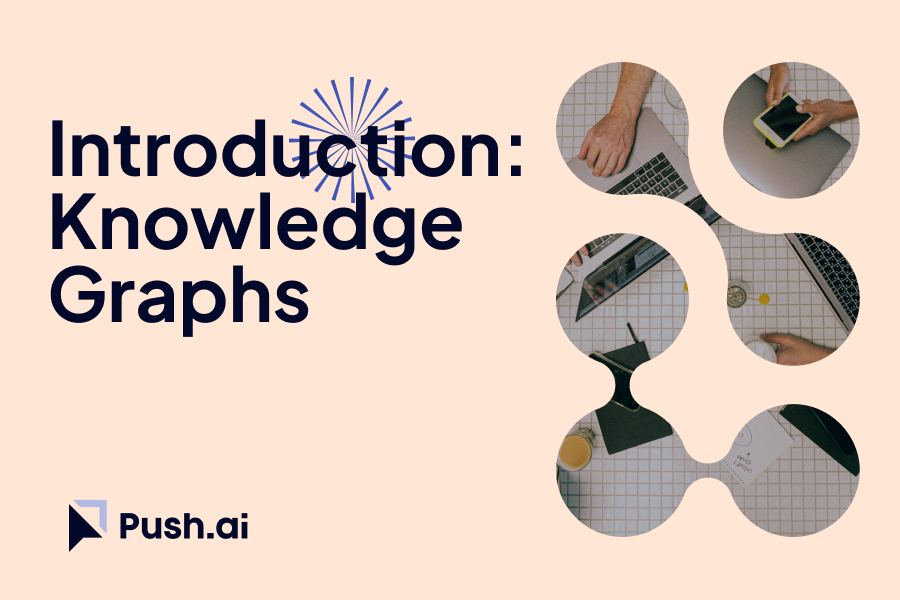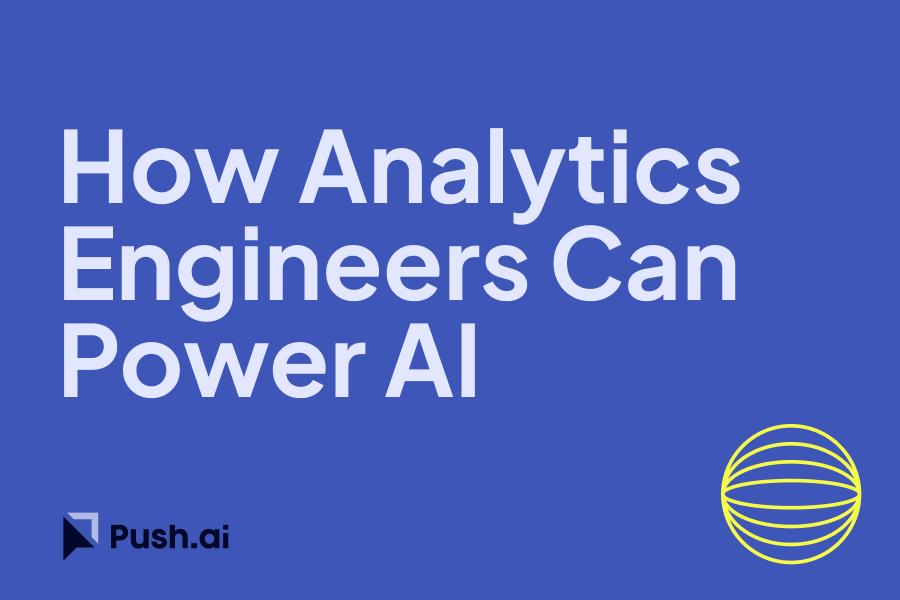Incorporating image classification into your PostgreSQL workflows can enhance your data analysis capabilities, providing valuable insights from image data. By integrating PostgreSQL with powerful machine learning libraries like TensorFlow or PyTorch, you can create a seamless workflow for storing, classifying, and retrieving image data. This blog post walks through the steps to set up and execute an image classification workflow using PostgreSQL and Python.
1. Store Image Data in PostgreSQL
To begin, you need a PostgreSQL table to store image metadata and classification results. You can either store the actual image files in a blob storage service (e.g., AWS S3) or as binary data directly in PostgreSQL. Here, we'll focus on storing image paths and classification results.
CREATE TABLE image_data (
image_id SERIAL PRIMARY KEY,
image_path TEXT, -- Path to the image file
classification TEXT, -- Classification result
confidence FLOAT -- Confidence score of the classification
);
2. Use a Pre-trained Model for Image Classification
Utilize a pre-trained model from a library like TensorFlow or PyTorch to classify the images. Pre-trained models are effective as they have already been trained on large datasets and can accurately classify images with minimal additional training.
3. Store Classification Results in PostgreSQL
After classifying the images, store the results (classification labels and confidence scores) back in PostgreSQL. This ensures all relevant data is centrally located, making it easier to query and analyze.
Example Workflow
Setting Up PostgreSQL Table for Images
First, create a table in PostgreSQL to store image metadata and classification results.
CREATE TABLE image_data (
image_id SERIAL PRIMARY KEY,
image_path TEXT, -- Path to the image file
classification TEXT, -- Classification result
confidence FLOAT -- Confidence score of the classification
);
Python Script for Image Classification
Here’s an example using TensorFlow with a pre-trained model for image classification.
import psycopg2
import tensorflow as tf
from tensorflow.keras.applications.mobilenet_v2 import MobileNetV2, preprocess_input, decode_predictions
from tensorflow.keras.preprocessing import image
import numpy as np
# Connect to PostgreSQL
conn = psycopg2.connect(
dbname="your_db",
user="your_user",
password="your_password",
host="your_host",
port="your_port"
)
cur = conn.cursor()
# Load pre-trained model
model = MobileNetV2(weights='imagenet')
# Function to classify an image
def classify_image(img_path):
img = image.load_img(img_path, target_size=(224, 224))
x = image.img_to_array(img)
x = np.expand_dims(x, axis=0)
x = preprocess_input(x)
preds = model.predict(x)
return decode_predictions(preds, top=1
Explanation
1. Database Connection: The script connects to PostgreSQL to fetch image paths and update classification results.
2. Model Loading: The `MobileNetV2` model, pre-trained on ImageNet, is loaded for image classification.
3. Image Preprocessing: Each image is loaded, resized, and preprocessed to match the input format expected by the model.
4. Prediction: The model predicts the class of the image, and the results (class label and confidence score) are returned.
5. Database Update: The classification results are stored back in PostgreSQL.
Conclusion
By integrating Python’s powerful machine learning libraries with PostgreSQL, you can efficiently classify images and manage the results within a robust database system. This workflow allows you to leverage pre-trained models for image classification tasks and seamlessly store and retrieve data using PostgreSQL. Whether for small-scale projects or large enterprise applications, this approach provides a scalable solution for incorporating image classification into your data workflows.


%201.svg)







